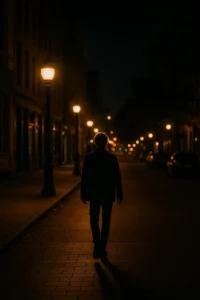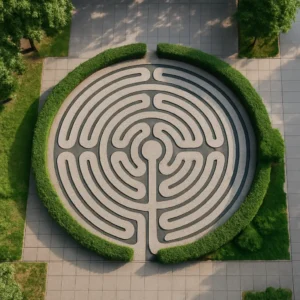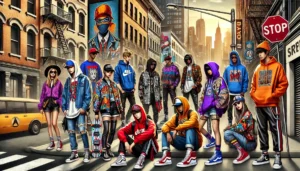In the concrete jungles of the world’s largest cities, strange stories have a way of growing between the cracks of reality and imagination. Urban legends — mysterious tales passed from one person to another — are a universal part of city life. They reflect the fears, hopes, and dark fascinations of those who live in dense, often anonymous spaces. These legends may not appear in history books, but they survive in whispers, graffiti, and the glow of streetlights on empty corners.
One of the most chilling urban legends comes from New York City: the alligators in the sewers. For decades, New Yorkers have told stories of giant albino alligators living in the city’s underground tunnels — supposedly flushed down toilets by careless owners and surviving off rats. While officials deny it, some sewer workers swear they’ve seen things they can’t explain.
In Tokyo, one of the most famous urban legends is about Teke-Teke — the spirit of a schoolgirl who fell onto train tracks and was cut in half. According to the tale, her ghost drags her upper body with clawed hands, chasing victims at night. Sightings have been reported near subway stations and alleys, and the legend has inspired films and stories across Japan.
London has its own eerie tale: the Phantom Bus of Ladbroke Grove. In the 1930s, people claimed to see a red double-decker bus that appeared suddenly at 1:15 a.m., causing accidents before vanishing into the night. Despite investigations, no such bus was ever officially identified, and the legend still haunts late-night drivers.
São Paulo, Brazil, speaks of the “Loira do Banheiro” — the “Bathroom Blonde.” She’s said to haunt school restrooms, appearing in mirrors if students perform a ritual. The legend, combining local ghost lore with elements of Western horror, is known by generations of students, each with a slightly different version.
In Moscow, there are stories of Metro-2, a secret subway system built during the Soviet era, hidden beneath the public Metro lines. The rumor says it connects government buildings and bunkers, and is still in use. While no official confirmation has ever been given, explorers and historians claim to have found sealed tunnels and unusual entrances.
Chicago is home to the legend of Resurrection Mary, a young woman who hitchhikes near Resurrection Cemetery wearing a white dress. Drivers claim to pick her up, only for her to vanish before reaching her destination. Her story dates back to the 1930s and remains one of America’s most famous ghost tales.
Urban legends often take root in moments of fear, silence, or tragedy. They thrive in places where facts are hard to verify, and they spread through storytelling — passed between coworkers, whispered in schools, or shared online. What makes them powerful isn’t whether they’re true, but the feeling they leave behind.
Some legends serve as warnings. Others are creative expressions of social anxieties: the fear of technology, strangers, isolation, or the unknown. And sometimes, they’re simply entertainment — modern fairy tales with a dark twist, shaped by the mood and identity of each city.
What unites these legends is their persistence. Despite changes in culture and technology, they survive. Because even in a world full of information, people still need mystery. In cities filled with millions of people, urban legends remind us that the unknown can still lurk just around the corner.
So next time you hear a strange story passed on as a “friend of a friend” tale, ask yourself — is it just a story… or is there something deeper waiting in the shadows of your city?






